Blog
Unpacked: Frankie Knuckles 'Your Love' - Recreated with Loopcloud
13 Feb '2024
We take an in-depth look at a genre-defining track from a House music legend, before recreating it using Loopcloud DRUM and PLAY

Across his 40 year career, Frankie Knuckles was responsible for some of house music’s biggest hits, from his track Tears with Satoshi Tomiie, to his regular collaborations with Jamie Principle. One such collaboration is arguably his most renowned contribution to house music, his 1986 track entitled Your Love.
The track is instantly recognisable thanks to its persistent, plucky synth arpeggio that continues throughout the composition. Your Love’s legacy lives on not only in its original form, but through a number of covers and tracks that sample the infamous arpeggio. One of the most well-known examples of this is You Got The Love by The Source, featuring Candi Staton.
In this instalment of the Unpacked series, we’ll be picking apart the original version of Frankie Knuckles’ Your Love, before recreating it using Loopcloud Drum and Play.
Track history
Having played an unquestionable part in the conception of house music, the late Frankie Knuckles is widely considered to be ‘the Godfather of House’. Knuckles began his music career in the 70s, playing Disco in clubs around New York. After moving to Chicago a some years later, Knuckles secured a DJ residency at Warehouse, a new nightclub that was opened by his friend Robert Williams. It was here that he started to experiment with remixing Disco music to give it a new level of energy, and the genre evolved into House music as we know it today.
Your Love was born of Jamie Principle’s chance meeting with a woman named Lisa. In 1986, he wrote a poem about said meeting, before the poem took the form of a song. The Chicago-based artist then passed the song onto Frankie Knucles a year later. Knuckles did to the song what he had already been doing to other Disco tracks, and started adding additional elements to prepare it for the club. Initially, the track merely consisted of the vocals and a snare, but after a slew of various iterations, the final version of Your Love was born. Below is our final Loopcloud DRUM and PLAY version.
Breaking down Your Love
Before we get on to recreating this uplifting house number, let’s take a closer look at the various elements that the production consists of.
Arpeggio
As we’ve already mentioned, the continuous arpeggio is the jewel in this track’s crown. The fact that there are just three notes repeated throughout the duration of the track is hard evidence that less is more. As for the synth sound, it’s a simple plucky staccato sound that seems to consist of a saw wave with some kind of phasing effect or similar.
Bass
A robust bass sound helps to reinforce the rhythm of the track, and of course the low end. The bassline adopts a call and response style pattern, which helps to give the track a sense of progression.
Drums
Once again, Frankie Knuckles opts to keep it simple. The drums consist of a classic four on the floor house pattern, with a kick and hi-hat on every beat, and a snare on beats two and four. One thing to note about the drum mix is that Knuckles hasn’t gone gentle with the reverb. While too much reverb on drums can affect the clarity and impact, it seems to work well in this instance.
Strings
The introduction of the strings helps to build up the energy of the track before the vocals come in. Initially, the strings repeat the same pattern for several bars, before some variation is added higher up the register. This gives the track a sense of tension and release, particularly against the backdrop of the arpeggio as it continues to soldier on throughout.
Vocals
The eventual introduction of the wispy, delayed vocals in the original version of Your Love help to cement the emotional and atmospheric feel of the production. In the case of this recreation, we’ll use Loopcloud to source a high-quality vocal sample that matches the same feel of the vocal in the original.
How to build a track like Your Love
Recreating your favourite tracks is a great way to develop your production skills. From arrangement to sound design, sample selection to mixing, there’s a huge amount to be learnt from covering others’ music.
We’re using Ableton Live along with Loopcloud’s huge library of high-quality and royalty free samples. We’ll also put Loopcloud’s Drum and Play plugins to work, as they offer a quick and simple way of finding a suitable sound and tailoring it to your needs.
Step one: Track Tempo
We can see from a quick Google search or by using a track analysis tool that Your Love’s tempo is 118 beats per minute, so we can set that in our DAW. The track itself doesn’t seem to remain a totally consistent speed throughout, so we’ve warped the track to keep it in time with the project.
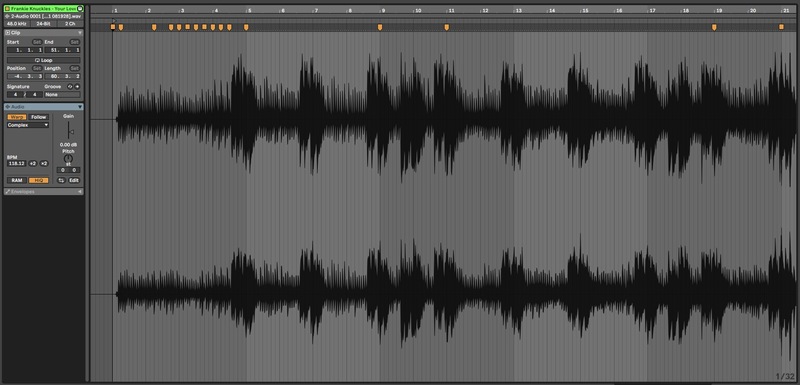
Step two: Arpeggio
Using Loopcloud Play’s Instrument Tagging functionality, we can filter sounds by Synth and Pluck.
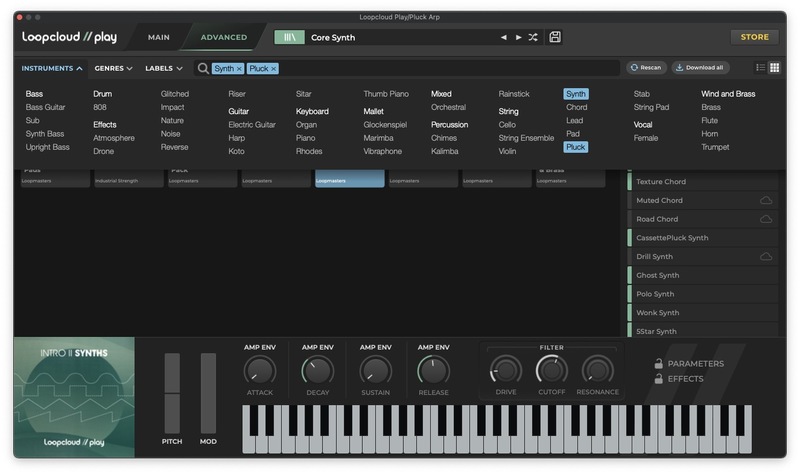
The Core Synth sound from Loopmasters’ Intro II Synths pack gives us the right kind of sound for the arpeggio, but it’s slightly too long for the staccato pluck in Your Love. Using the AMP ENV section, we can reduce the Decay, Sustain and Release of the sample.
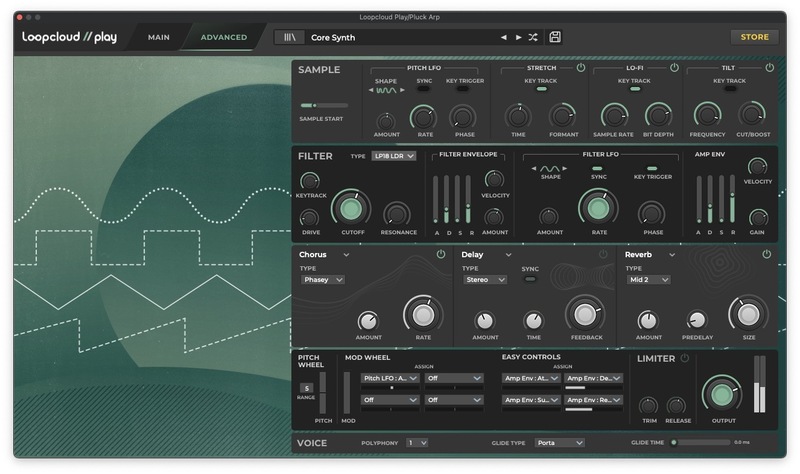
We’ve also used Play’s inbuilt Filter circuit to apply a low pass filter with some envelope, which emphasises the attack of the sound. Some unsynced pitch LFO helps to give the sample some subtle pitch modulation, giving it an imperfect analogue-vibe. Finally, the Chorus’ Phasey mode creates a gentle phasing effect.
With the sound design taken care of, we can move on to writing the melody. The notes are C4, G3 and E3 in descending order, and the notes continue throughout the track.
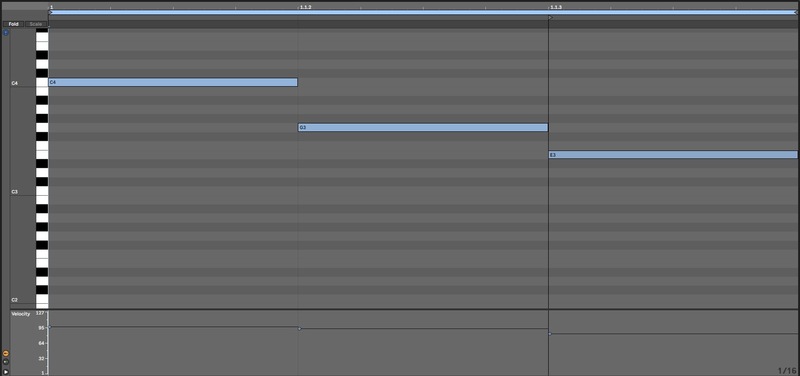
Step three: Bass
Using Loopcloud Play’s Genre filters, we’ve sourced a suitable Bass sound from the Loopcloud Store. This time, courtesy of the Dark Italo Synths pack. The Velvet Synth Bass gives us a very similar tone to that of the original.
Once again, we’ve tweaked the AMP ENV and Filter settings within Loopcloud Play to give the bass sound a more similar profile to that of the original track. We’ve also added some Desk Distortion to give the bass a bit more bite, and applied some grit using the Lo-Fi circuit at the top of Play’s interface.
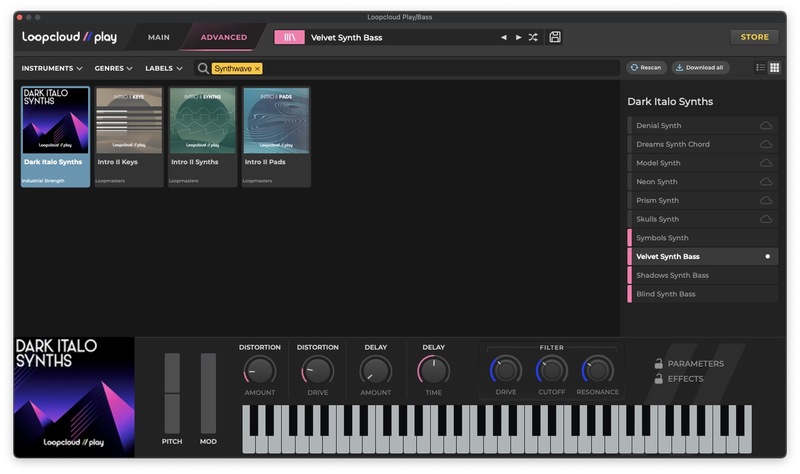
Step four: Drums
Now onto the foundation of any good house track, the drums. Loopcloud Drum works very similar to Play, in that it’s packed full of premade samples, ready for you to get creating as soon as inspiration strikes.
The Solar kit from Carl Craig’s Planet E Drums pack contains a range of kicks, snares and hats, which is all we need for this simple 4/4 beat. We’ve actually layered two snares in this case, a crunchy snare that provides the body, and a shorter snare which provides the transient. We’ve increased the Sample Start time of the first snare in order to remove some unwanted flamming at the start of the sample.
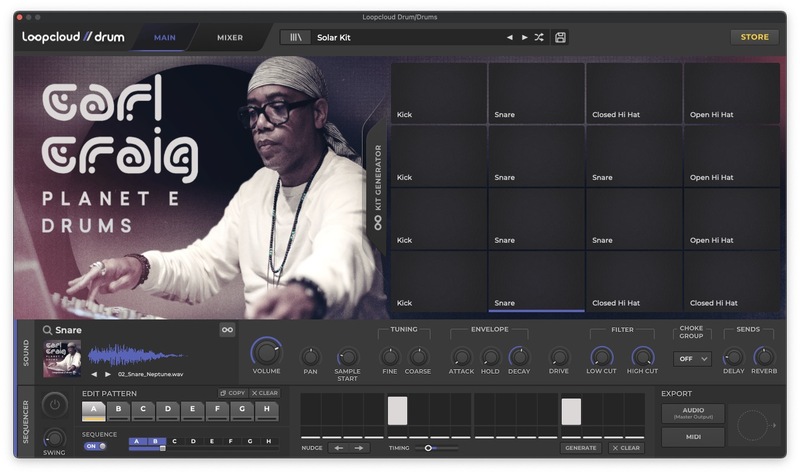
Within Play’s Mixer tab, we’ve set up a medium-brightness reverb with a medium predelay, and sent each of the elements to the reverb in varying amounts using the Reverb Send controls. We’ve also bitcrushed the drums and applied some drive using the inbuilt Crush and Drive circuits, as this gives them some 80s texture akin to that of the original’s drums.
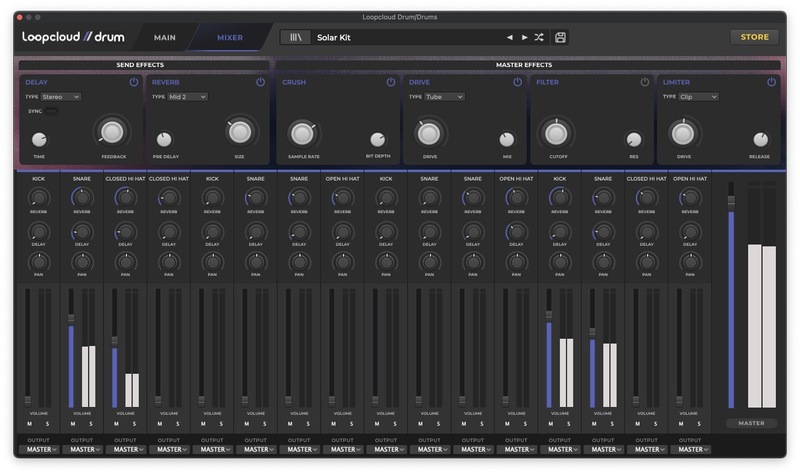
Step five: Strings
For the final step of this track recreation, we’ve launched another instance of Loopcloud Play, this time in search of an uplifting and atmospheric string sound. The Debut preset from the Lush Analogue Pads pack is pretty close to the originals’ strings, but it contains a bit too much high frequency content.
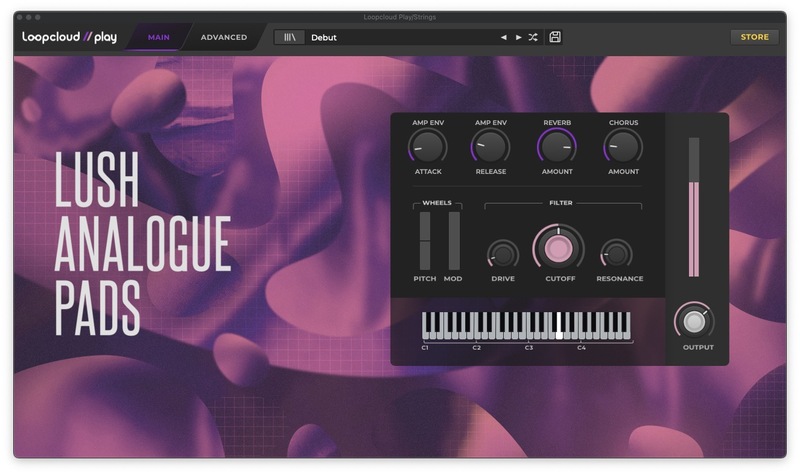
Using Play’s Filter Cutoff on the Main tab, we can remove some of that high frequency information. We’ve also reduced the Attack and Release times to prevent the notes from overlapping one another.
Step six: Vocals
Using Loopcloud’s Tags and Audio Filters, we’ve managed to source a suitable vocal sample that lends itself to the feel of the track in the same way that Jamie Principle’s vocal does to the original. In this case, the sample we’re using is XRI_126_Male_Vocal_AboutU_Emin, from Deep Tech Vocals 2.
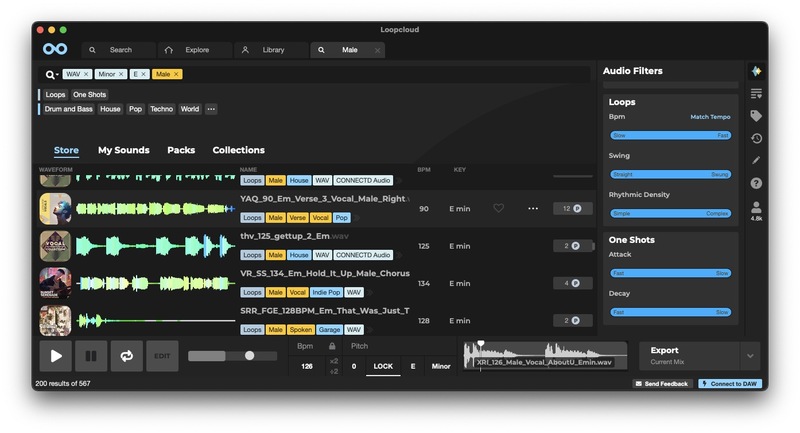
We’ve used a Vocoder to bring out some of the airyness of the vocal, along with a simple EQ to remove the low end. Boosting the upper-mids further emphasises the airyness, while cutting the very top end removes the harshness that is introduced by the vocoder. We’ve also automated the Feedback and Mix amount of an unsynced delay to give the vocal a slightly off-kilter spacey feel.
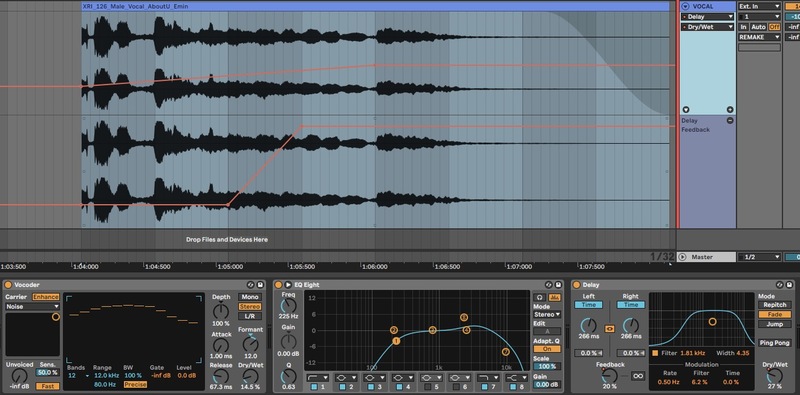
FAQs
Who sang on Frankie Knuckles’ Your Love?
Jamie Principle, real name Bryan Walton wrote and performed the lyrics on Frankie Knuckles’ song Your Love.
How old was Frankie Knuckles when he died?
Frankie Knuckles died of diabetes complications in Chicago in 2014, aged 59.
What was Frankie Knuckles known for?
Frankie Knuckles was known as a successful DJ, producer, remixer and nightclub owner. He was famed for contributing to the conception of House music, gaining him the nickname ‘The Godfather of House’.
Where did House music start?
It is widely accepted that House music originated from Chicago, USA in the 80s. It was an evolution of Disco music that was propelled by the likes of Frankie Knuckles, Marshall Jefferson, Derrick May, Ron Hardy and many more.

